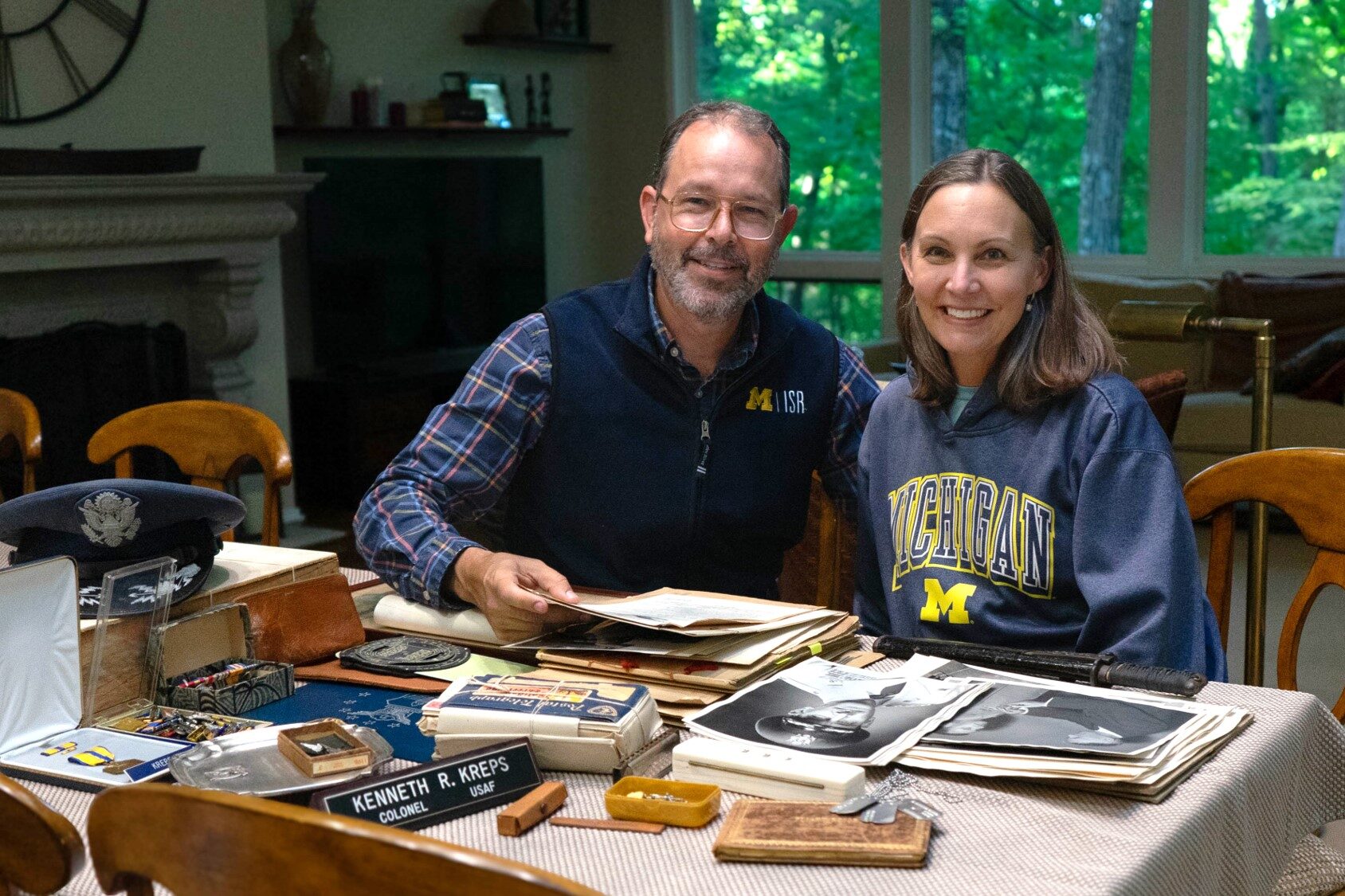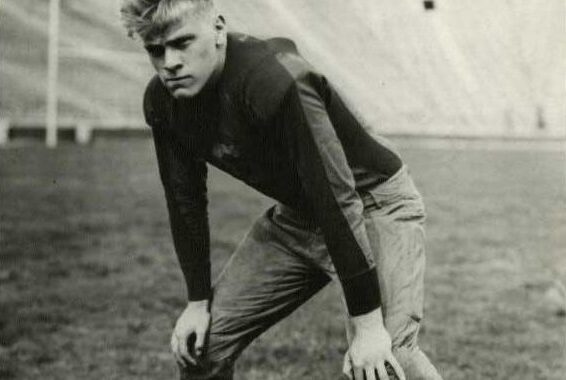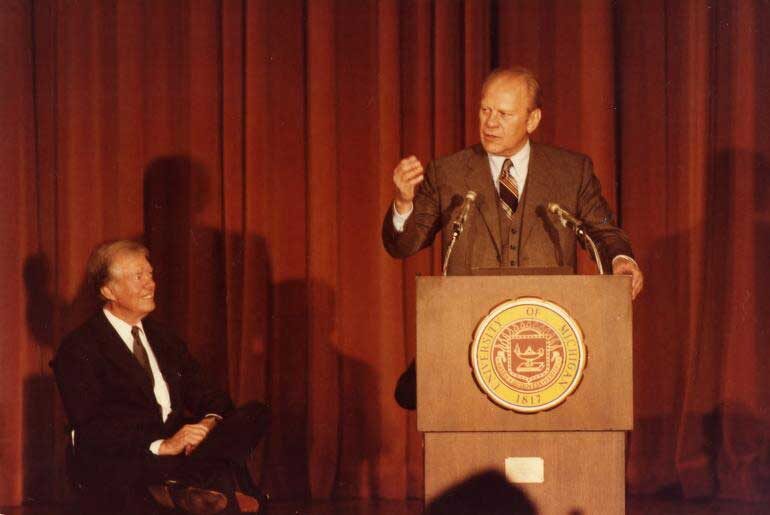A family’s quest for a hero’s ‘war chest’

From undisclosed honors to covert operations, the valiant military exploits of Colonel Kenneth Kreps were veiled in secrecy until a fateful discovery by his descendants. Witness the unveiling of a World War II hero’s saga as his family unpacks a long-lost treasure trove of historic memorabilia.
-
Chemicals stored in home garages linked to ALS risk
Over the last decade, researchers at U-M have found exposure to environmental toxins — from pesticides used in agriculture to volatile organic compounds in the manufacturing industry — is linked to the development of amyotrophic lateral sclerosis, or ALS. The buildup of exposures is possibly associated with recreational activities such as woodworking and gardening.
-
Too much screen time? U-M pioneers digital wellness program for youths
Addiction, cyberbullying, eating disorders, anxiety, and other mental health issues caused by problematic digital practices and an increase in screen time are some of the themes of a new and unique U-M interprofessional Peer-to-Peer Digital Wellness class.
-
How trauma gets ‘under the skin’
U-M researchers have found that people who experienced greater childhood adversity, reporting one or more traumatic or adverse events, had poorer muscle metabolism later in life. The researchers say the effects of childhood adverse events remained significant even after they controlled for other factors that could potentially impact muscle function such as age, gender, educational attainment, and more.
-
U-M debate team secures its first national title
After finishing runner-up seven times, the U-M debate team clinched its first national championship April 8. U-M Debate, which began in 1903, is one of the oldest debate programs in the United States. Debaters Kelly Phil and Bennett Dombcik won on a 5-0 decision against the University of Kansas in the 2024 tournament.
-
Better battery manufacturing: Robotic lab vets new reaction design strategy
New chemistries for batteries, semiconductors, and more could be easier to manufacture, thanks to a new approach to making chemically complex materials that researchers at U-M and Samsung’s Advanced Materials Lab have demonstrated.
-
First atlas of the human ovary with cell-level resolution is a step toward artificial ovary
Insights could lead to treatments restoring ovarian hormone production and the ability to have biologically related children, according to U-M engineers. Researchers could potentially create artificial ovaries using tissues that were stored and frozen before exposure to toxic medical treatments such as chemotherapy and radiation.
Columns
-
President's Message
Eureka! A look at the knowledge ecosystem
With $1.86 billion in research funding, U-M is leading the way in everything from energy solutions to artificial intelligence. -
Editor's Blog
A crisis by any other name…
You know what they say about opportunity. It knocks but once before the door slams shut. -
Health Yourself
So much for farm to table … We’ve got lab to table now
Who's ready to eat chicken that scientists 'hatched' in a lab and not from an egg? -
Climate Blue
How to keep your head above uncharted waters
Ricky Rood says goodbye to Floodtown as he guides us through the changing climate.
Commemorating an exceptional presidency
Fifty years ago, at a time of great division and turbulence in the U.S., Gerald R. Ford was sworn in as the 38th president of the United States. President Ford’s legacy is very much alive at the Ford School of Public Policy. This slideshow is inspired by the school’s recent tribute, “A life of public service,” in the Spring 2024 issue of State & Hill magazine. As noted by the editors, the values that distinguished Ford remain highly relevant to policy students today: his lifelong commitment to principled public service, his integrity, and his ability to connect across differences to forge consensus.



















